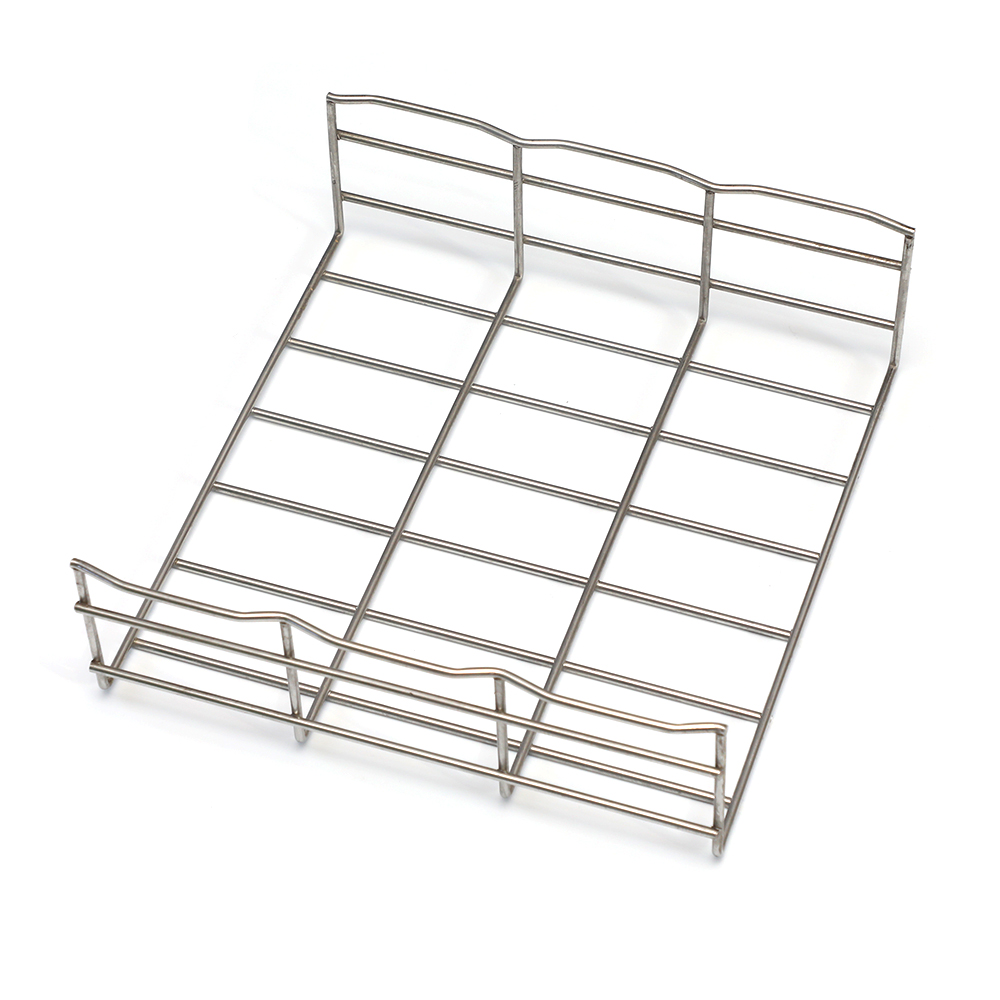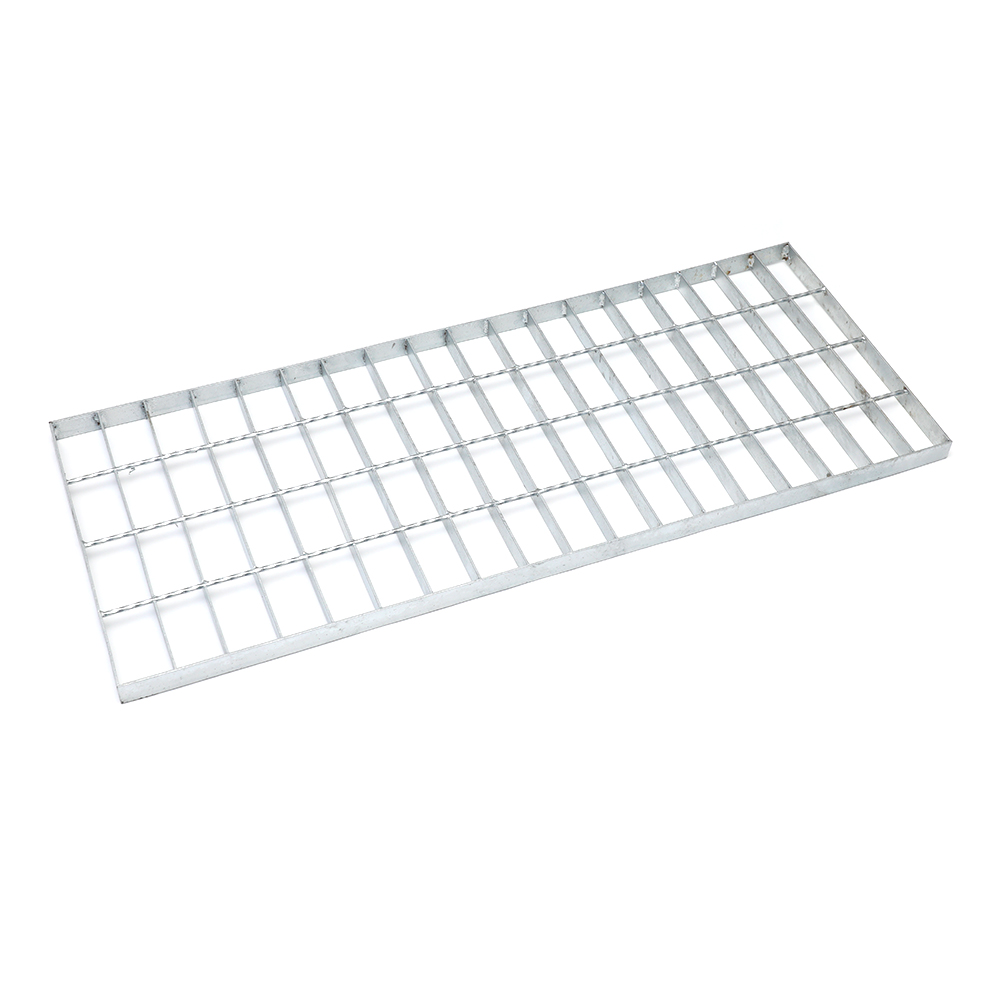Cable trays, an essential component of modern electrical installations, provide organized pathways for the secure routing and management of cables in industrial, commercial, and residential environments. Among various types of cable trays, electro-galvanized cable trays stand out for their corrosion resistance and durability. This article delves deep into the world of electro-galvanized cable trays, focusing specifically on their sizes and how they impact installation efficiency, safety, and cost-effectiveness.

Understanding Electro-Galvanization
Before we explore the sizes, let’s briefly discuss electro-galvanization. This process involves the application of a zinc coating onto steel cable trays through an electrolytic process. The zinc layer acts as a shield against rust and corrosion, significantly extending the life of the cable tray, particularly in harsh or humid conditions. This makes electro-galvanized cable trays ideal for both indoor and outdoor applications where protection from environmental elements is crucial.
Varieties of Electro-Galvanized Cable Tray Sizes
1. Widths:
The width of a cable tray is one of its primary dimensions, determining how many cables can be installed within it. Common widths include 50mm, 100mm, 200mm, and upwards to meet larger capacity requirements. The selection should accommodate the total cross-sectional area of the cables while allowing for future expansion or changes in the wiring system.
2. Depths:
The depth (or height) of the cable tray affects cable support and cooling. Deeper trays allow better airflow around cables, reducing heat build-up and risk of overheating. Standard depths range from 40mm for light-duty applications to over 200mm for heavy-duty systems that carry large power cables or require more spacing between cables.
3. Lengths:
Cable trays come in standard lengths ranging from 2 meters to 6 meters, with custom lengths available upon request. They are designed to be easily joined together using splice plates or couplers, ensuring a continuous run throughout the installation site.
4. Configurations:
In addition to straight sections, electro-galvanized cable trays also come in various configurations such as ladder type (side by side rungs), perforated (with holes for ventilation and cable tie points), solid bottom (for dust protection), and channel (for conduit or raceway systems). Each configuration has different size specifications tailored to suit specific application needs.
5. Bend Radii and Angles:
When navigating around corners or obstructions, curved sections of cable trays are necessary. These come in pre-determined bend radii and angles (e.g., 90°, 45°, etc.) to maintain smooth cable runs without undue stress on the cables.
6. Accessories:
A comprehensive range of accessories like fittings, supports, and mounting hardware exist in different sizes to complement the main cable tray sections. These include reducers, tees, crosses, elbows, and offsets which must match the dimensions of the main tray to ensure seamless integration.

Factors Affecting Size Selection
The choice of electro-galvanized cable tray size depends on several factors:
Cable Load: The number and size of cables, as well as their weight, determine the required width and depth of the tray.
Environmental Factors: Humidity, temperature, and presence of corrosive substances influence the need for adequate ventilation or additional protective features.
Accessibility and Future Expansion: Sufficient space must be allowed for easy insertion, removal, or modification of cables.
Structural Constraints: The physical layout of the installation site may dictate the length and bend radius of the trays.
Regulatory Compliance: Local electrical codes often specify minimum clearances and separation distances between cables, influencing tray size selection.
In conclusion, understanding the diverse array of electro-galvanized cable tray sizes is pivotal in designing efficient, safe, and compliant cable management systems. Careful consideration of project requirements, coupled with knowledge about available tray sizes and configurations, ensures that the chosen cable tray system will serve its purpose effectively and durably over time. Always consult with professionals and adhere to industry standards when selecting and installing electro-galvanized cable trays to guarantee optimal performance and longevity.

